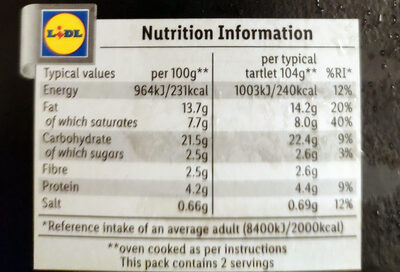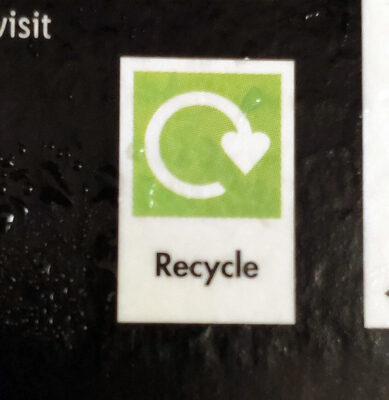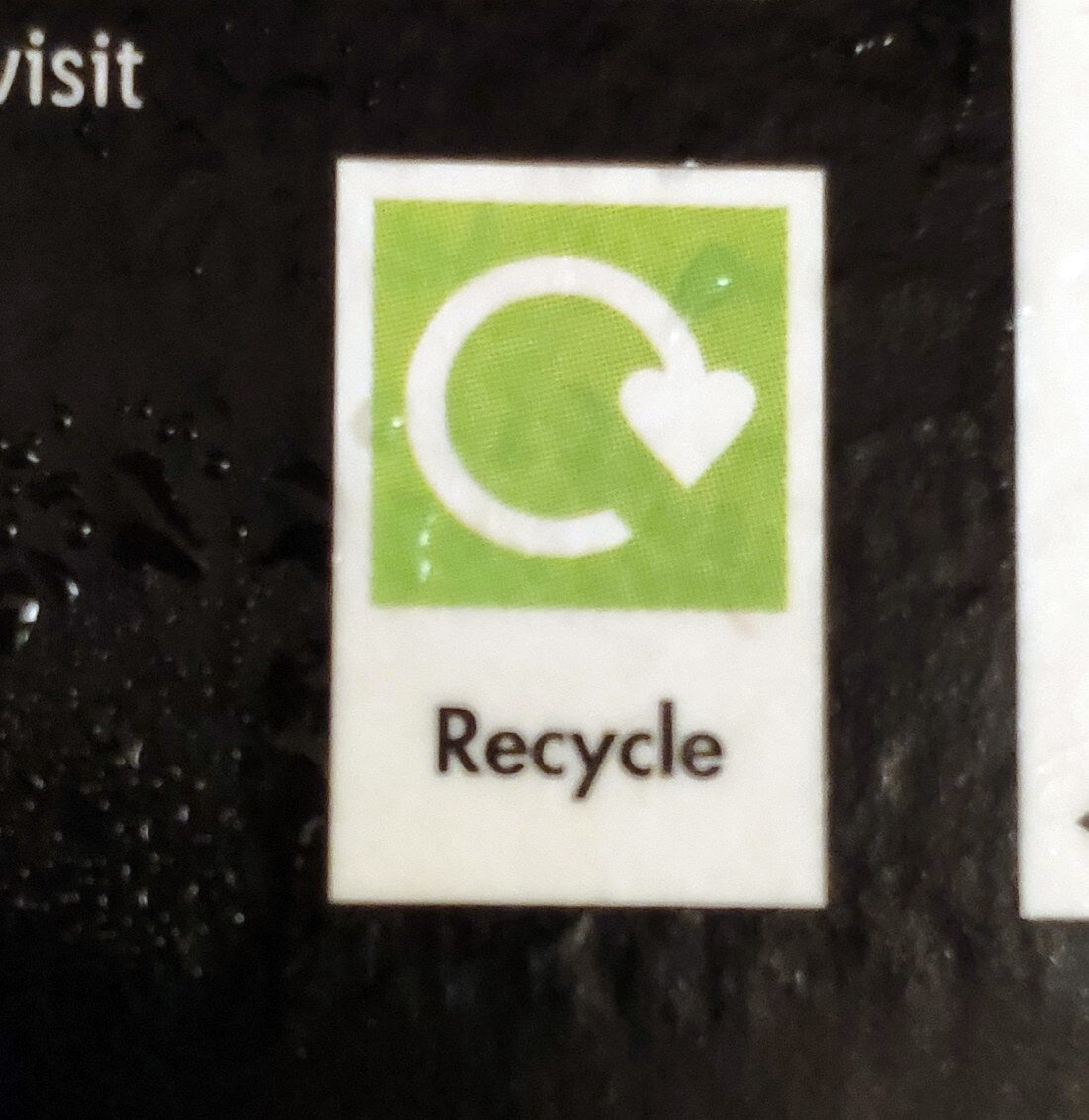Curried Cauliflower and Kale Tartlets - Deluxe - 220g
Ambiguous barcode: This product has a Restricted Circulation Number barcode for products within a company. This means that different producers and stores can use the same barcode for different products.
×
This product page is not complete. You can help to complete it by editing it and adding more data from the photos we have, or by taking more photos using the app for Android or iPhone/iPad. Thank you!
×
Barcode: 20278731
Common name: Puff pastry tart with cauliflower and kale in a curried coconut milk sauce, sprinkled with parsley
Quantity: 220g
Brands: Deluxe
Categories: Plant-based foods and beverages, Plant-based foods, Sweet pies, Tartlets
Labels, certifications, awards:
No gluten, Vegetarian, Vegan, The Vegan Society
Stores: Lidl
Countries where sold: Ireland, United Kingdom
Matching with your preferences
Report a problem
Data sources
Product added on by kiliweb
Last edit of product page on by roboto-app.
Product page also edited by alia, openfoodfacts-contributors, yuka.sY2b0xO6T85zoF3NwEKvlnFpVITvgm7bDxDSl2fU6uaeEprVO9svvovmEKs.













